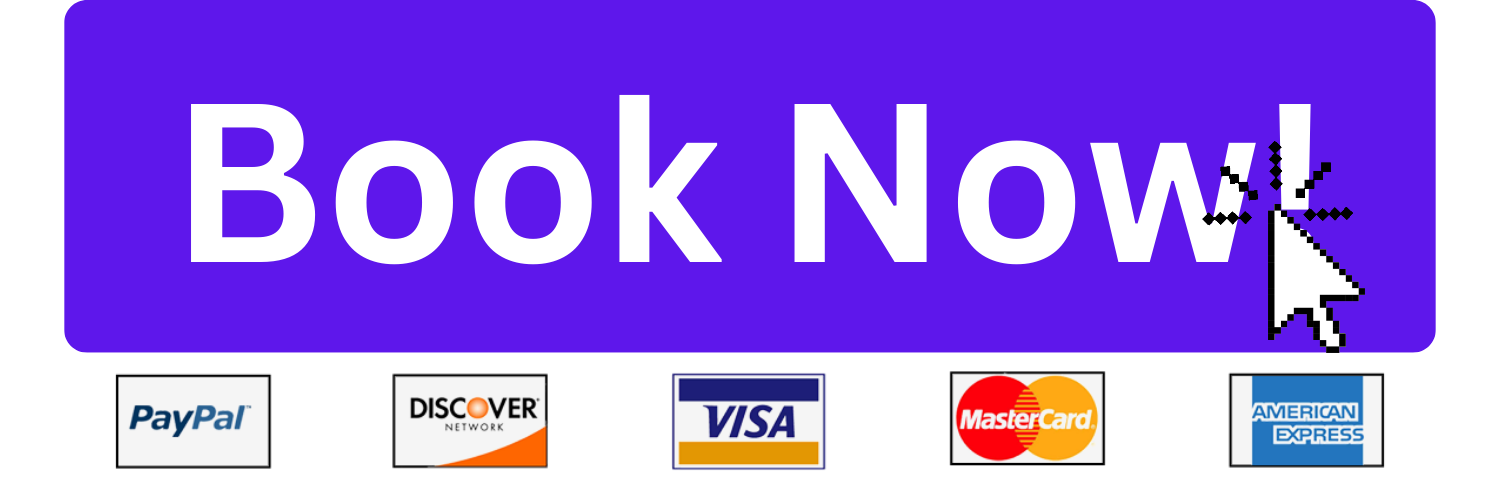
How to Read a Company’s Balance Sheet
Have you ever wondered how to tell if a company is doing well financially? One key tool is the balance sheet. Think of it like a financial health report card for a company at a specific time. It lists all the things a company owns (assets) and owes (liabilities), along with the amount invested by the people who own shares in the company (shareholders’ equity). Why is this important? Well, it helps everyone from investors to the company’s own managers understand how much cash is available, what could be sold easily, and what debts need to be paid. By looking at a balance sheet, you can get a good idea of whether a company is in strong financial shape or if it might be facing some challenges. It’s a straightforward way to see a company’s financial situation and make smart money decisions.
Assessing Short-term Financial Health
Current Ratio
The Current Ratio is a vital metric used to evaluate a company’s ability to pay off its short-term liabilities (debts and payables) with its short-term assets (cash, inventory, receivables). This ratio is a primary indicator of a company’s liquidity.
Calculating the Current Ratio
- Formula: Current Ratio = Current Assets / Current Liabilities
- Current Assets: These are assets that you can convert into cash within a year. Examples include cash, marketable securities, accounts receivable, and inventory.
- Current Liabilities: These are obligations that you as the company needs to pay off within a year, such as accounts payable, short-term loans, and other similar debts.
Interpreting the Ratio
- A Higher Ratio (>1.0) suggests that the company has enough assets to cover its short-term liabilities, indicating good short-term financial health.
- A Lower Ratio (<1.0) implies that the company may struggle to meet its short-term obligations, which could signal liquidity problems.
- Ideal Ratio: This varies by industry, but generally, a ratio between 1.5 and 3 is considered healthy.
Understanding Leverage
Debt to Equity Ratio
The Debt to Equity Ratio is a measure of a company’s financial leverage, indicating the balance between the capital contributed by creditors and the capital contributed by shareholders. It essentially shows how much debt is used to run the business and how much is financed by the owners’ investments.
Calculating the Debt-to-Equity Ratio
- Formula: Debt-to-Equity Ratio = Total Liabilities / Shareholders’ Equity
- Total Liabilities: This includes all of the company’s debts, both short-term and long-term.
- Shareholders’ Equity: Also known as owner’s equity, this is the residual interest in the assets of the company after deducting liabilities.
Analyzing the Ratio
- A Higher Ratio: This indicates that the company is primarily financed through debt, which can be risky as it may imply higher obligations for interest payments.
- A Lower Ratio: Suggests that the company is more heavily financed by shareholder equity, which can be preferable as equity does not require interest payments and can absorb more operational losses.
- Industry Context: This ratio can vary widely by industry. For instance, capital-intensive industries like manufacturing might have higher ratios, while service-based industries may have lower ratios.
Other Important Balance Sheet Items
Asset Quality
- Inventory Management: Assess the ratio of inventory to total assets or inventory turnover. High inventory levels relative to sales can indicate excess stock, potential obsolescence, or ineffective sales strategies. Low levels, however, might suggest efficient inventory management or potential stock shortages.
- Accounts Receivable and Aging Schedule: Analyze not just the total receivables but also the aging schedule, which shows how long bills have been outstanding. A high proportion of old receivables may signal collection issues or credit policy problems.
- Fixed Assets and Depreciation: Examine the type and condition of fixed assets and their depreciation policies. Consistent investments in fixed assets can indicate growth, whereas high depreciation or old assets might suggest future capital expenditure needs.
Liability Management
- Accounts Payable Turnover: This ratio measures how fast a company pays off its suppliers. Slow turnover can indicate liquidity problems, while very rapid turnover might suggest the company is not taking full advantage of credit terms offered by suppliers.
- Long-term Debt Structure: Consider the maturity profile of long-term debt. Debt maturing in the near term might require refinancing, which poses a risk if the financial climate is unfavorable.
Equity Analysis
- Retained Earnings Trend: Consistent growth in retained earnings is typically a positive sign. However, it’s also important to consider how these earnings are being used. Are they reinvested effectively in the business?
- Stockholders’ Equity: Look for trends and changes in total equity, such as new equity issues or buybacks. Frequent equity raising might dilute existing shareholders, whereas buybacks often signal confidence in the company’s future prospects.
Liquidity Analysis
- Quick Ratio/Acid-Test Ratio: More conservative than the current ratio, it excludes inventory from current assets. A ratio significantly lower than the current ratio might indicate that a large portion of the company’s assets are tied up in inventory.
- Working Capital Trends: Evaluate the consistency and trend of working capital. Fluctuations might indicate operational inefficiencies or changes in business strategy.
Solvency and Financial Leverage
- Interest Coverage Ratio: This measures how many times a company can cover its interest obligations with its earnings. It’s critical in assessing the risk of bankruptcy.
- Capital Structure Analysis: Examine the mix of debt and equity. A company heavily reliant on debt financing might face higher risk, especially in volatile interest rate environments.
Comparative and Trend Analysis
- Historical Trends: Look at multi-year trends for key items like total assets, liabilities, and equity. Are they growing in line with the company’s strategy?
- Industry Benchmarking: Compare the company’s ratios and metrics with those of its peers to understand its relative performance.
Notes to Financial Statements
- Significant Accounting Policies: These can provide insights into how assets and liabilities are valued and can affect comparability with other companies.
- Contingent Liabilities: Pay attention to any disclosed contingent liabilities, such as lawsuits or tax disputes, which could impact future financials.
Off-Balance Sheet Items
- Operating Leases: Previously off-balance sheet, new accounting standards require these to be included. Still, understanding their historical treatment is important.
- Contingent Assets or Liabilities: These could include financial guarantees, legal disputes, or contractual obligations that could materially affect financial health.
A detailed analysis of a balance sheet goes beyond the face value of the numbers. It requires a better and clearer understanding of the company’s operational context, industry dynamics, and strategic direction. By thoroughly examining these aspects, in addition to other financial statements, stakeholders can gain a comprehensive view of the company’s financial stability and future prospects.
"Are you tired of struggling in accounting class? Let us make accounting easy and enjoyable for you."







